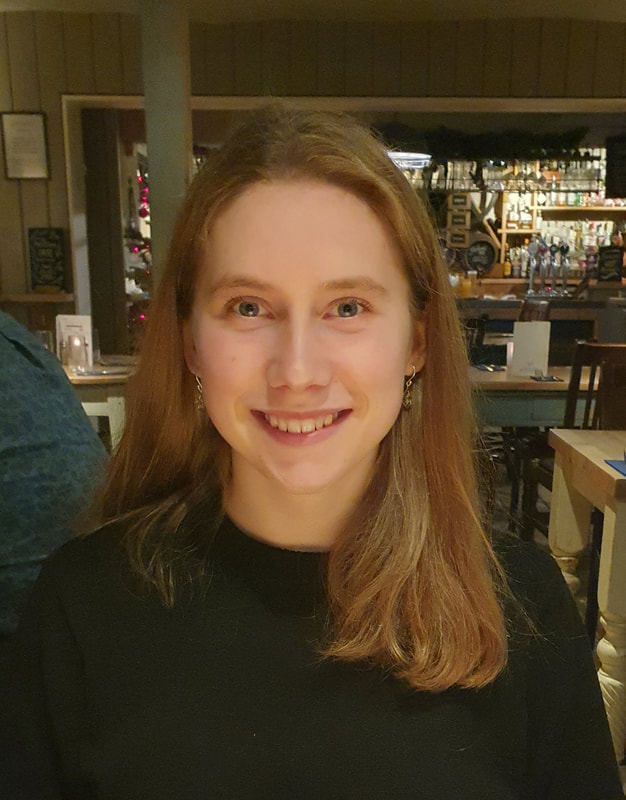|
Refugees dominate the headlines. Whether it be migrant boats crossing the British Channel, shootings at the Ceuta-Melilla borders, hundreds of thousands of Ukrainians scrambling from the Russian invasion, or the increasing displacement of migrants through climate change – the stream of headlines is unrelenting. Yet less frequent is exploration beyond the headlines and the desire to look behind the stigma the world has too readily attached to the broad-brush term “refugees”. Failure to do so has led to an increasing tendency for the human needs of refugees to be neglected.
Imagine – you are a refugee through no fault of your own, you have lost your family, your home has been destroyed, you have seen things no one should ever have to, and now you are in a foreign and unknown place. As a British citizen trying to heal these scars, one may take advantage of expert medical advice, seek support from the local community, and begin to slowly rebuild a new place to call ‘home’ through these mechanisms. However, often for refugees, there is a language barrier, no one to talk to, and an unwelcoming categorisation by society which renders them scapegoats, which only inhibits their ability to access help. In an attempt to undo this paradoxical situation in which the public is faced with growing talk of refugees and yet a refusal to notice the people behind the label ‘refugees’ and their personal hardships, numerous projects have been established whereby the silence around refugees is broken through the power of art. These art expression projects bridge the gap between isolation and acceptance within the local community, which helps promote the fundamental human needs of ‘understanding’, ‘connection and acceptance’, ‘esteem, identity, significance’, and ‘self-actualisation and self-transcendence’. Without such needs being promoted, mental health issues amongst refugees escalate and their potential benefit to society aggravates the negative and unfair stigma that refugees represent an economic ‘burden’. The Syrian war rages on. Casualties rise beyond 300,000 civilians. Infrastructure is devastated. Communities have been crushed. The mental and physical scars permeate society. Offering a beacon of light in the darkness of ravaged Syrian communities is The Za’atari Project. The project works with Syrian children from the Za’atari and Azraq refugee camps who have travelled to Jordan to flee the war. By facilitating mural arts projects, the project has reduced tensions between Syrian and Jordanian young people, which has not only brough colour and life into the lives of refugees but has also provided a form of social cohesion, allowing for greater acceptance of Syrian refugees into Jordanian communities. The landscape is baron. The dusty earth stretches into the distance before merging into the grey sky. But if you look closely, there is flower. In fact, if you look even close, multiple flowers begin to appear. Pinks, purples, greens, blues, and yellows all add vibrant splashes of colour to the intense gloom of the surroundings. These splashes of colour, splashes of life, splashes of hope in the darkness, form part of the artwork facilitated though the street art project called Paint Outside the Lines in the Syrian refugee camps in the Kurdistan region of Iraq. Not only has this project helped locally by allowing children to harness their creative outlet and create a more positive environment, but it has also been taken beyond the rubble, make-shift houses and walls on which the art is canvassed. The artwork has been incorporated into exhibitions in both Paris and Brussels which has helped the voices of Syrian refugees cross the border into regions where so many other refugees need to be better-integrated into society. Further, the religious barriers have been broken between the refugees and local community through the teamwork and dialogue undertaken during the arts projects, which in turn respects the refugee’s identities and promotes their self-transcendence. A little girl waits for her shoes to defrost before putting them on. Young hands clasped around a candle providing a flicker of warmth in the darkness of the night. A red balloon contrasts the rows upon rows of makeshift tents precariously ejecting from the crumbling earth. A once-pink toy now coated in mud still offers a moment of joy to the child who drags it along the ground. These images have all been captured by the children of the Kawergosk Refugee Camp in Iraqi Kurdistan as part of the project called ‘Exile Voices’, which is run by the non-profit organisation Reza Academy Visuals. One of the participants, Maya Rostam (just 12 years old) told the project founder, Reza, that she wants “to learn photography because [she] believes that with it, everyone can see what [she] feels[s] and how [they] live.” This quote captures the power that photography can have in sharing experiences, which in turn allows the public to sympathise and connect easier with the refugees. The stark and poignant pictures can become conversation-starters and can encourage the integration of refugees into the local community, thus better satisfying their basic human needs. The bustling streets; a lone woman in the darkness. The smiles and energy of the crowds; the endless tears of the night. The abundance of towering buildings; the empty desert plains. These contrasting and distinct scenes have merged in the unlikely location of a shopping mall in Bristol as the art project “Voices: Art as Refuge” set up an exhibition to display the artwork produced by the refugees involved in the scheme in west England. The project seeks to shift the focus of society from thinking about what people are able to offer as opposed to their suffering. One of the artists participating in the project, Sofia, is a refugee from Ukraine and she commented on the importance of the project in enabling her to tell her “story and the story of [her] country to the world”. Through sharing experiences of their life journeys as refugees, not only are they able to process their mental traumas – a form of therapy – but it also allows them to be better understood by the society in which they are now to live in. For example, this project encouraged local schools and the wider community to visit the exhibition, which ensures a greater level of acceptance and awareness of refugees across all age-ranges within society. These are just a few of the growing number of projects designed to help capture the individual behind ‘the refugee’ and to help emotionally nurture them. The correlation between art and the promotion of the human needs of refugees is indisputable. Art is a proven form of mental therapy which can help address the trauma experienced by refugees and can create a feeling of community, the isolation refugees have experienced through loss of social connections. Refugees can process otherwise trapped thoughts, whilst developing their creative skills and cooperating with others involved in the projects. Art is also immune from language barriers which allows the messages refugees express through their artwork to be communicated without misunderstanding and on a wider scale. The greater the availability and easier the access to projects such as these, the greater the tendency for refugees to be able to break the silence and conquer the politicised stigmas which attaches to them within local communities. These projects help refugees to express their identity, build their self-esteem, grow their creative abilities, work within teams, and both feel and be accepted into their new communities. Undeniably, art has the power to transform lives.
1 Comment
7/10/2023 05:45:14 am
If you operate as a Limited Company, you’re legally obliged to have a separate business account for your business finances. If you have any questions or would like to discuss your needs further,
Reply
Leave a Reply. |
Author
Alice is a second year Law with Spanish student at Oxford University. She researched and wrote this article as part of the Oxford University Micro Internship programme.
|

 RSS Feed
RSS Feed

